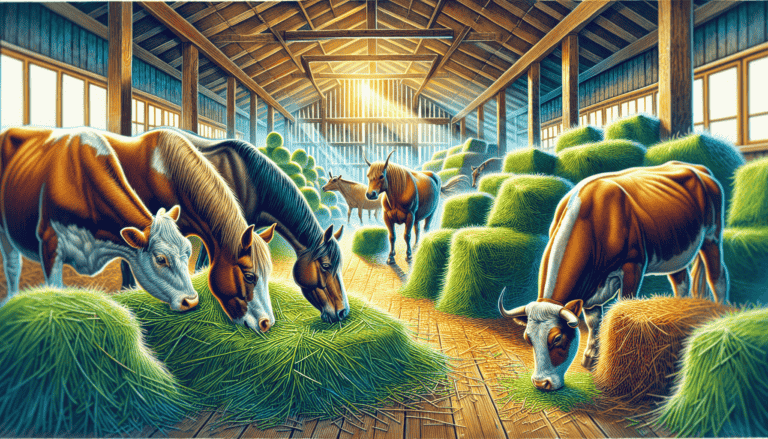Essential Guide on How to Raise Goats: Tips for Successful Goat Farming
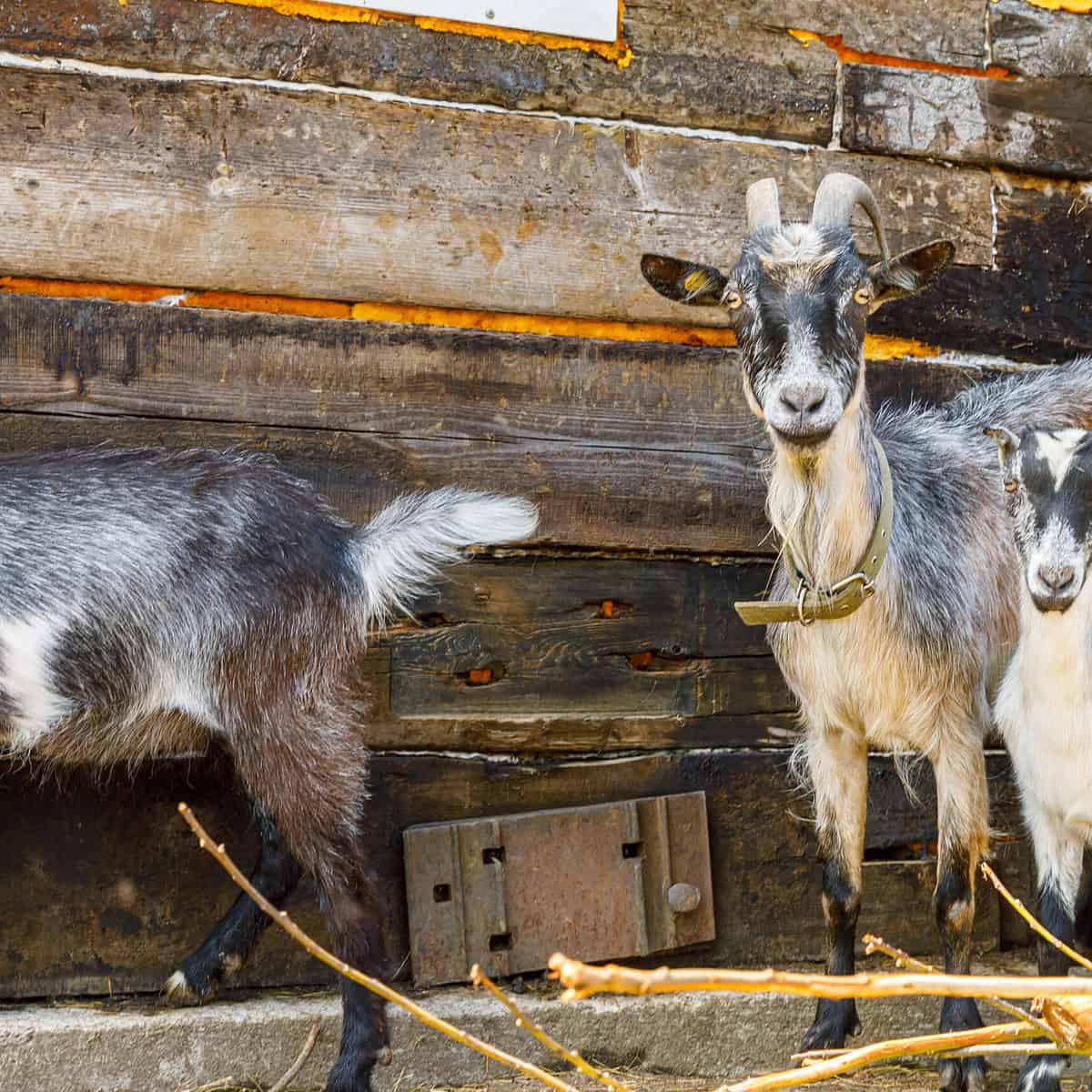
Raising goats is an enjoyable experience full of joy, love and a few challenges. Whether you want to have them for dairy, meat production or simply as pets, this post will give you all the necessary steps in taking care of your herd. We’ll look at picking out a breed that best fits your needs, setting up their environment properly and securely. Seeing to it they get proper nutrition along with enriching experiences like socialization and playtime plus basic healthcare including milking procedures! Last but not least, we cover understanding the legal aspects regarding goat-keeping too – so let’s begin our amazing journey on how to raise goats!
Key Takeaways
Choose the right goat breed based on what you want to use them for, such as meat, dairy, fiber, or as pets, since each breed has different needs and characteristics.
Create a goat-friendly environment with a proper shelter and secure fencing, considering the space requirements and safety against predators to ensure the goats’ health and comfort.
Maintain the health of your goats with a balanced diet, including hay, pasture, possibly some grain and supplements, and practice regular health care, including hoof care and parasite management.
Choosing the Right Goat Breed
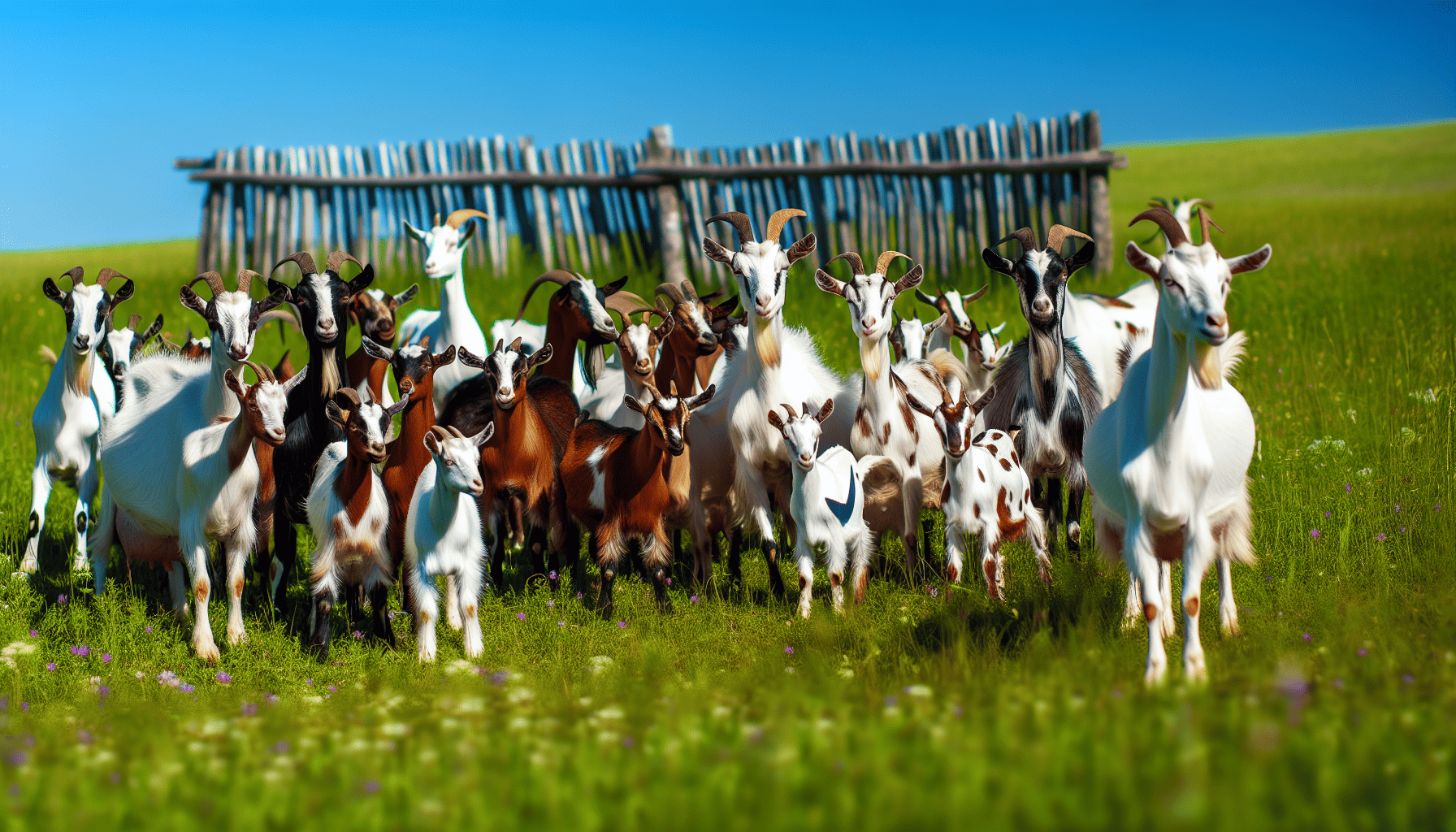
When it comes to raising goats, the right breed can make all the difference. Depending on what you’re using them for – meat, dairy, fiber production or as pets – there are breeds that have been specifically developed with those purposes in mind. For example, Boer and Kiko goats are suitable if you’re keeping your animals solely for their meaty goodness. While Nigerian dwarf goats might be preferable if space is an issue (they’re small but feisty). Whichever goat type you decide upon Remember to research beforehand – a well-informed choice of breeds could see your farm thrive!
Before bringing any new arrival home though, do take note that each different kind has its own requirements when it comes to temperature comfort levels and size amongst others so choose carefully.
Setting Up a Goat-Friendly Environment
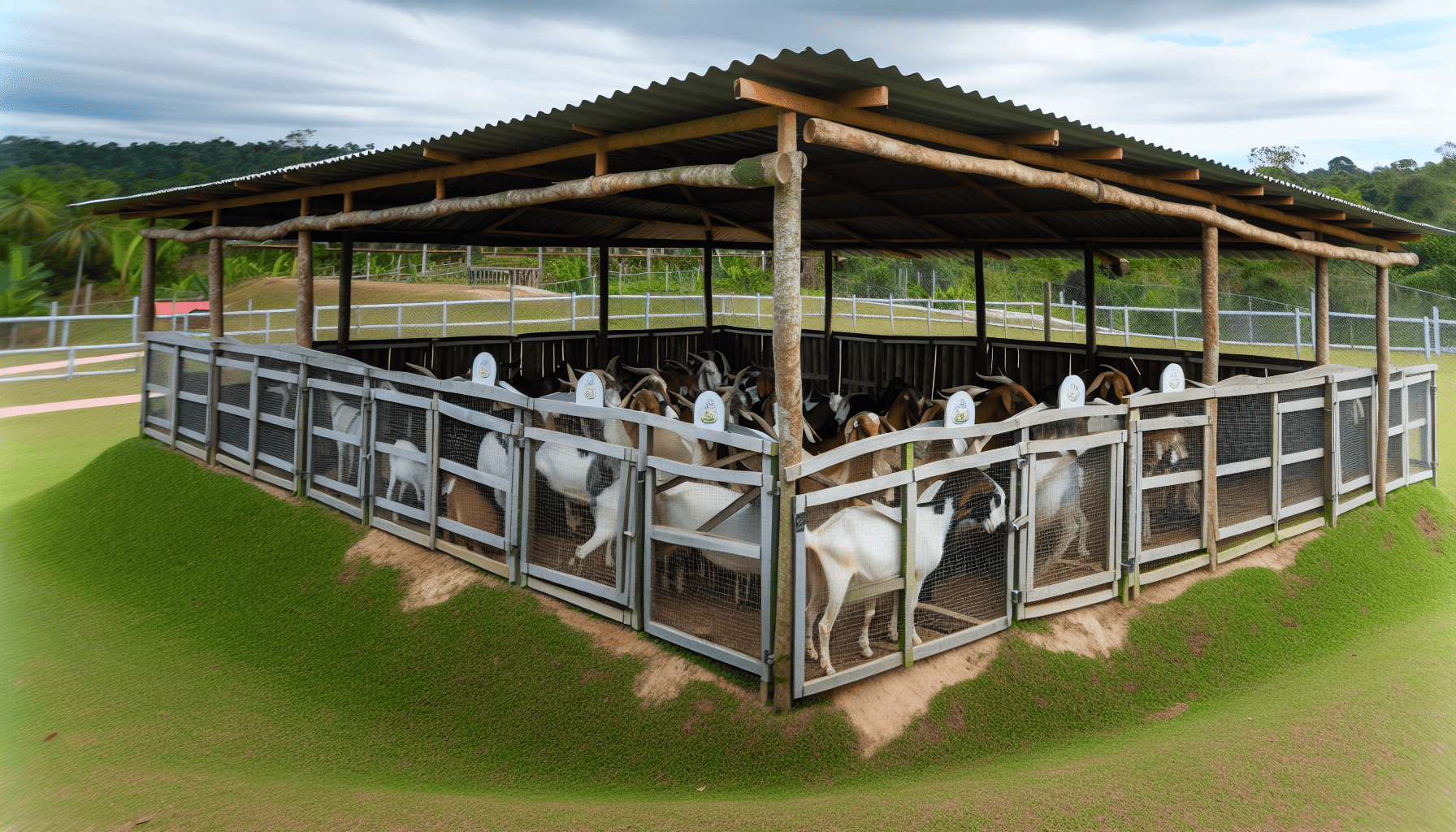
Once you have chosen your specific breed, it’s essential to provide the goats with an environment that meets their needs. This requires constructing a comfortable housing and installing a protective fence around them. Making sure these requirements are met is paramount for raising healthy animals of this type.
We will now look into some steps necessary in building suitable sheltering as well as selecting an effective fencing system meant to keep the herd secure at all times while they’re being raised.
Shelter Design
Having an effective shelter for your goats is essential. Not only to protect them, but also as a place where they can find comfort and socialize. The size of the accommodation should correspond with their breed: dwarf goats need at least 10 square feet per animal whereas non-dwarf breeds require bigger spaces such as ten by ten foot or more enclosures. Designing it appropriately is important in order to provide proper temperature regulation considering local weather conditions that may affect goat welfare like heat, cold air, rainfall, wind gusts and snowfall outbreaks. Different types of shelters are necessary depending on climate variations – from barns and sheds up to portable structures which help elevating the floor slightly if needed (particularly in warm wet areas). Never forget having comfortable living arrangements increases happiness levels among your herd so building quality fences equates healthier animals!
Fencing Solutions
Creating a secure fence is just as essential in protecting goats from danger and containment escapes. To ensure safety, one should examine their fences by seeing if an average cat can fit through the openings. Because if they can pass, then so will your goat! The best materials to use for constructing this barrier are galvanized wire steel mesh fencing with 2”x4” spacing gaps between panels or 16-foot cattle paneling composed of small squares, plus treated lumber used for corner posts. As well, these enclosures need to be around four feet high at least (maximum five) – tall enough that intruding predators like coyotes and foxes cannot climb over it into the shelter containing our animals. Proper fencing ensures both protection inside and outside its borders while keeping curious/nimble creatures where we want them: safe within our care!
Goat Nutrition Essentials
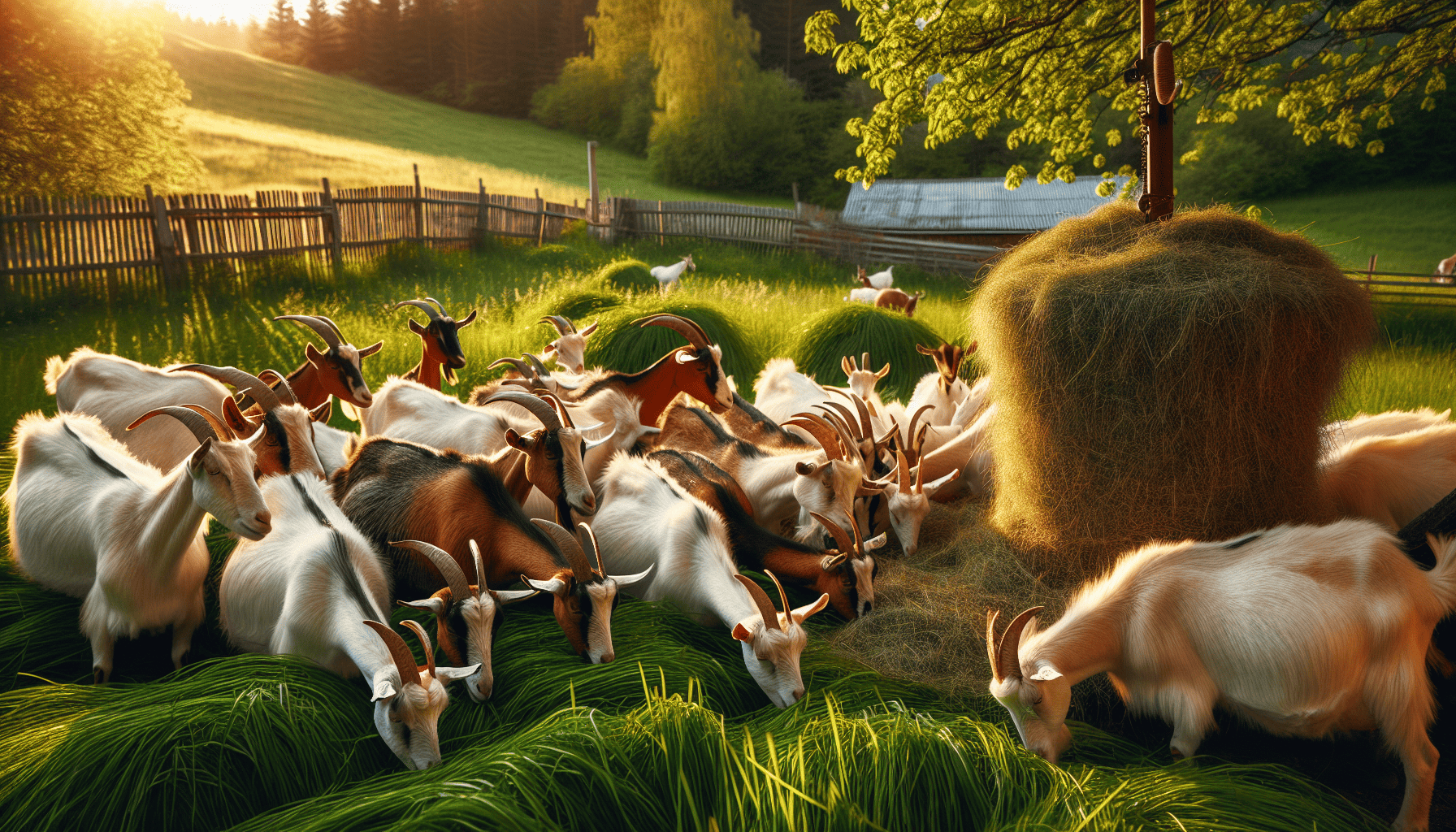
Goats have similar nutritional needs to those of humans, requiring hay, pasture grazing opportunities and sometimes extra grains to maintain optimal health. To manage these for goats properly, we must consider the importance of providing high-quality hay and enabling them access to pastures, as well as offering any necessary grain or supplemental food sources.
Hay and Pasture Management
Goats need hay for their overall well-being, which should contain varieties such as alfalfa, grass hay, clover and timothy. An adult goat typically needs 3 to 5 pounds of hay daily. It is best served either at free choice or twice a day so the animal gets all its nutritional requirements fulfilled. Providing goats with pasture can be beneficial for them too since they get to pick food items that are appropriate nourishment while leaving behind droppings which act as natural fertilizer on your farm land. Taking proper care in regards to feed cleanliness and accessibility ensures happy animals that enjoy tasty treats like meat goats producing their own food!
Grain and Supplements
Goats can be very picky eaters and need a balanced diet to meet their unique dietary needs. Hay, pasture, grains like barley or oats, as well as supplements all play an important role in providing the nutrition they require for growth during pregnancy or lactation periods. Adult goats tend to have more appetite than younger ones and may consume up to one cup of grain per day while half that should suffice for young goats.
Gender, age stress levels and breeding status are among some factors which determine how much food your goat requires on top of vitamins A D E. Any deficiencies could lead to poor health, such as miscarriage weight loss etc., so it’s vital you remain conscious about what type of nutrients goes into its body. Offering correctly formulated meal plans is essential when catering to these picky animals!
Enrichment and Socialization
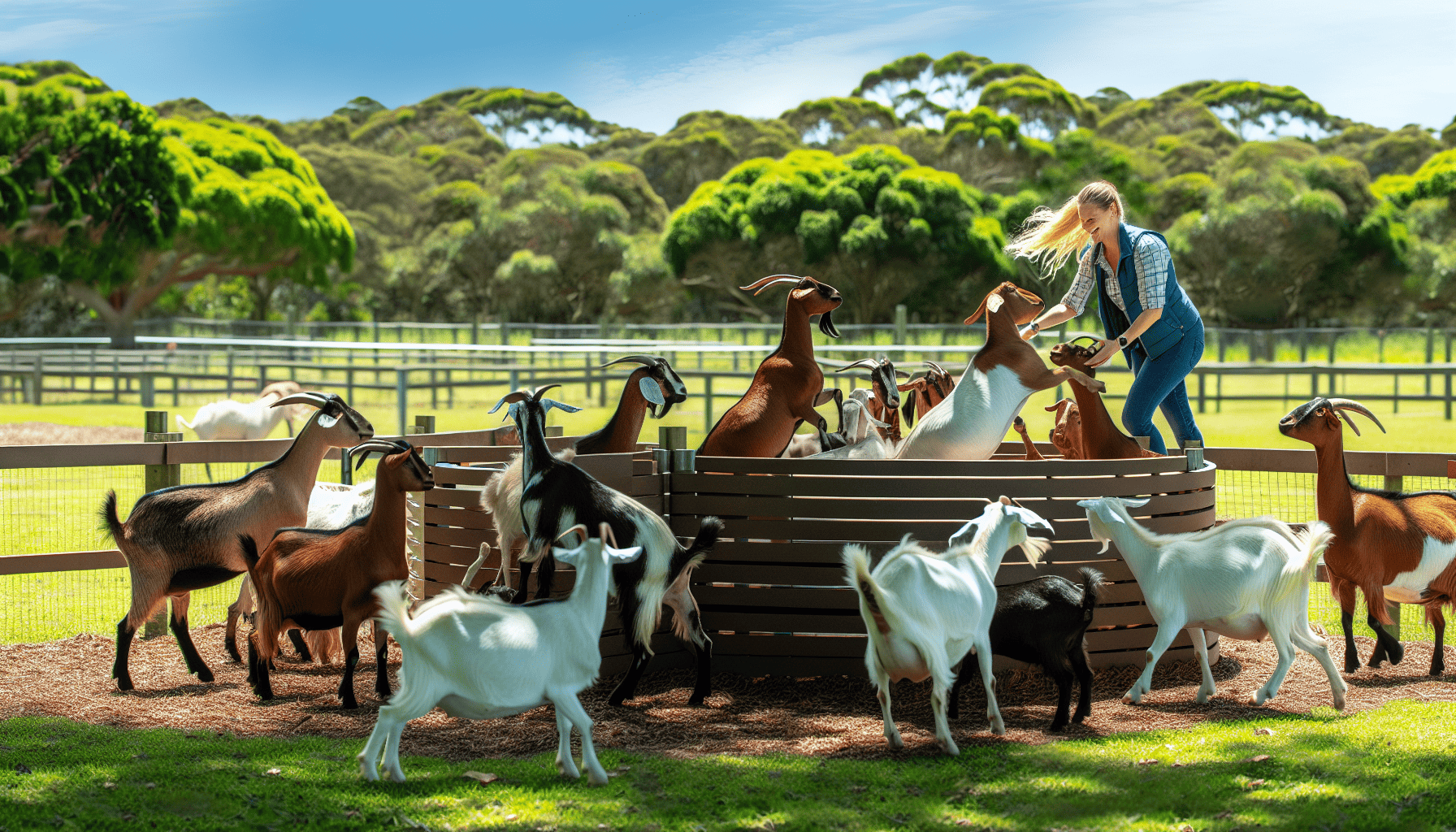
Goats are animals that have not only physical needs but also social and emotional ones too. As herd creatures, they benefit from a communal atmosphere. Meaning for them to be content and well-being it’s essential we understand their group dynamics as well as providing adequate playtime and exercise. Helping these goats stay active physically AND mentally is vital to keep their health in check.
Herd Dynamics
If you’re looking to raise goats, having an understanding of herd dynamics and a closed herd is essential. Social order within the goat population must be maintained in order for them to remain harmonious. Any disruption like introducing another goat can cause problems. When doing so, it’s important that they are provided with adequate space and shown where is neutral territory. Goats Prefer larger herds ranging from 5-10 animals as this allows plenty of room while also providing greater opportunity for breeding or milking purposes if needed. Overall happiness among your goats will improve when their needs such as socializing and being surrounded by other members are met, which makes creating a solid framework through keeping a closed group all the more valuable!
Playtime and Exercise
Goats are animals and should be given the same care as any other creature. To stay fit, they need to have regular exercise, especially pregnant females who require more physical activity than others. For this purpose, it is recommended that 30 minutes of movement per day would suffice in order for them to remain healthy. Both morning and afternoon sessions are necessary components.
To their workout routine, goats also enjoy playful activities which can help stimulate their minds throughout the year, no matter how cold or hot outside may be! Straw piles lend themselves beautifully here so your goat can climb its way up while plastic barrels offer a unique challenge you’re sure not even dog puzzles could outsmart! Balls come with various sizes according just like wooden branches plus itch pads make every playtime extra enjoyable (and fun! ).
It’s important never forget taking into account caring for those sensitive lips too since weathering conditions might cause particular damage if left unprotected from time to time: moisturizing products keep such areas staying soft all day round, even without forgetting sunscreen either under extreme heat exposure circumstances. Hence why giving proper attention prioritizes having long happy moments by owners side when tending towards owning one special pet life goat!
Basic Health Care and Maintenance
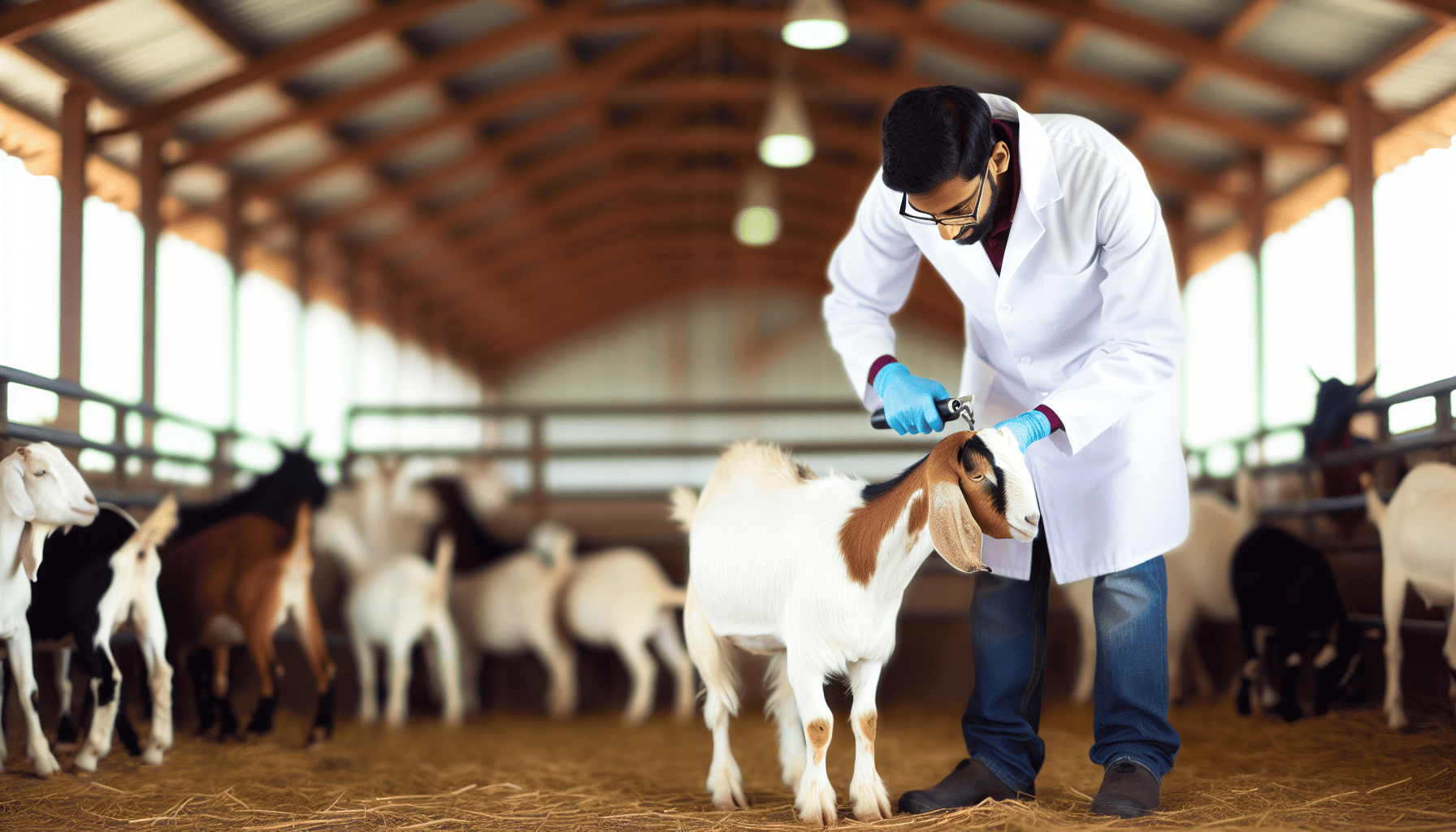
Goats, like other animals which are kept as pets or livestock, require routine maintenance and health care. This includes having regular check-ups done by a vet to track their wellness, keeping up with hoof trimming for optimum foot health, and making sure they are free of parasites through proper management methods. And taking precautions against diseases. These steps must be taken in order to ensure that goats remain healthy over time. Not only is it important for the wellbeing of the animal, but also those around them.
Hoof Care
Goat care includes taking good care of their hooves. This means trimming them regularly, which is important for many reasons, such as avoiding infections and foot/leg issues or preventing pain from overgrown hoofs and lameness. Hoof clipping should be done at least every couple of months to make sure they are in optimal health condition, healthy goats have healthy feet! The equipment needed for this task involves clippers, trimmers and a case. Then you can start by flexing the goat’s knee back while holding up its foot that will get trimmed first before going around to do the other ones too. It goes without saying: don’t forget about your goat’s well-being when it comes to proper hoof maintenance!
Parasite Management
Maintaining proper parasite management is critical for the health of goats. Different parasites, such as gut worms, liver fluke and gastrointestinal nematodes, can cause an array of illnesses in these animals if they become infected. This may include weight loss, reduced milk production or even miscarriage. In order to prevent parasites from becoming a problem on your land it’s important to rotate pastures regularly with your herd so that no single pasture becomes infested over time – similarly check up on them every three-six months according to what has been advised by your vet when needed and follow any deworming schedule prescribed. Ultimately, having a good system put into place will ensure healthier goats who don’t suffer due to parasitism related issues!
Disease Prevention and Testing
Goat herd health is of utmost importance, and preventive measures must be taken in order to reduce the risk of diseases. Biosecurity practices such as individual animal identification programs are key for reducing potential outbreaks among animals. It’s also important to know what illnesses may arise, including pneumonia or caprine arthritis encephalitis (CAE). Other conditions like abortion, pregnancy toxemia (ketosis), caseous lymphadenitis (CL) and coccidiosis should also be on your radar when it comes to goat care. Regular testing can help monitor goats’ status – keeping all results logged will come in handy if you intend on breeding or selling them later on down the line. Ultimately prevention takes precedence over cure, staying proactive with disease control ensures that your goat herd remains healthy throughout its lifetime!
Milking and Dairy Production
Raising dairy goats requires some knowledge of milking and what can affect milk production. To do this, you must have the right equipment such as stainless steel pails, a strip cup, filter system, udder wash supplies and teat dip plus other items like a stand to support your goat during milking time.
Practicing good techniques is important for both you and the animal, making sure not to cause undue stress on your extremely sensitive lipped creatures when they are getting milked from their udders! You should start by having them get used to standing in one spot with food nearby so that over time it becomes natural for them to be there. Learning how often will be most efficient at hand-milking also makes things easier all around (the best practice here would be twice daily).
Also keep in mind that more than just technique goes into successful producing animals. Consider carefully how much output they realistically give versus an individual’s expectations or plans prior to starting out raising these type of livestock breeds..This way everyone comes away content. Happy goats make more productive ones after all! The ultimate aim then remains attaining better quality yields while appreciating each goats unique needs when preparing & performing care routines throughout its lifetime.
Legal Considerations and Local Regulations
Raising goats not only requires proper care for their physical and social needs, but also being aware of local regulations that must be followed. Ignoring such rules may result in hefty fines or even having to get rid of your beloved animals.
In certain areas, it’s important to double-check zoning laws since the keeping of goats might not be allowed at all, especially within cities limits. Rules related to goat raising can differ significantly from place to place so always make sure you are familiar with what is expected before starting a farm.
When running a commercial operation where milk production takes part, obtaining various state licenses could become necessary in order properly meet label requirements while selling this dairy product too – something which should definitely be discussed with local authorities before engaging into any activities relating directly to goat raising efforts on own property/plot land etc.
Summary
Raising goats can bring a lot of pleasure and laughter, though there may be some challenges along the way. If you want to have success in goat farming, it is important to pick the right breed for your needs (i.e., dairy, meat or fiber), provide them with appropriate shelter and sustenance as well as give regular medical attention. Milking is also part of this equation. Consider any legal ramifications that come into play when raising these animals on farms/homesteads etc.
It should always be kept in mind that if happy goats are cared for lovingly by their keeper then contentment radiates from all corners, yours included! So show respect while managing them according to your purpose: dairy production? Meat output? Or simply having fun rearing pets – each one has its unique demands so try not to make mistakes at either end and maintain harmony between man & beast instead.
Frequently Asked Questions
How many goats should a beginner start with?
Beginning a small herd of goats requires at least two animals to prevent boredom or feelings of loneliness. It is ideal to acquire both a doe and wether, or alternatively one buck and one doe when first starting out with these creatures. This way they will have companionship while still providing the desired result for the intended purpose.
Are goats easy to raise?
Raising goats can be an immensely satisfying experience, but it comes with its share of obstacles. Those looking to raise these animals need to know how to provide proper housing and fencing. They must also consider what type of nutrition is best for the goats as well as ensuring that their healthcare needs are met. Having knowledge on goat behavior, breeding techniques, and health management is key when raising them.
How many acres do you need to raise goats?
When looking to raise 6-8 goats, around one acre of land is necessary in order to provide them with suitable browsing grounds and a safe amount of space for their activities. Crowding pastures too much can have negative effects on the renewal rate of plants as well as invite more parasites, so it’s important that you plan wisely when stocking your goat paddocks.
What are the disadvantages of keeping goats?
Keeping goats can come with some drawbacks, like a lot of noise if they’re seeking attention. Regular care is necessary, such as trimming their hooves and other upkeep activities. Despite this, having them on your farm or homestead could still be enjoyable while keeping maintenance at a minimum level.
How do I choose the right breed for goat farming?
When it comes to raising goats, selecting the right breed is an important decision. Goat farming requires consideration of purpose, size and temperament in order to choose a breed that meets your needs best. Keep in mind each one has distinct qualities suited for varying objectives before deciding which option works best for you when taking on goat rearing.

